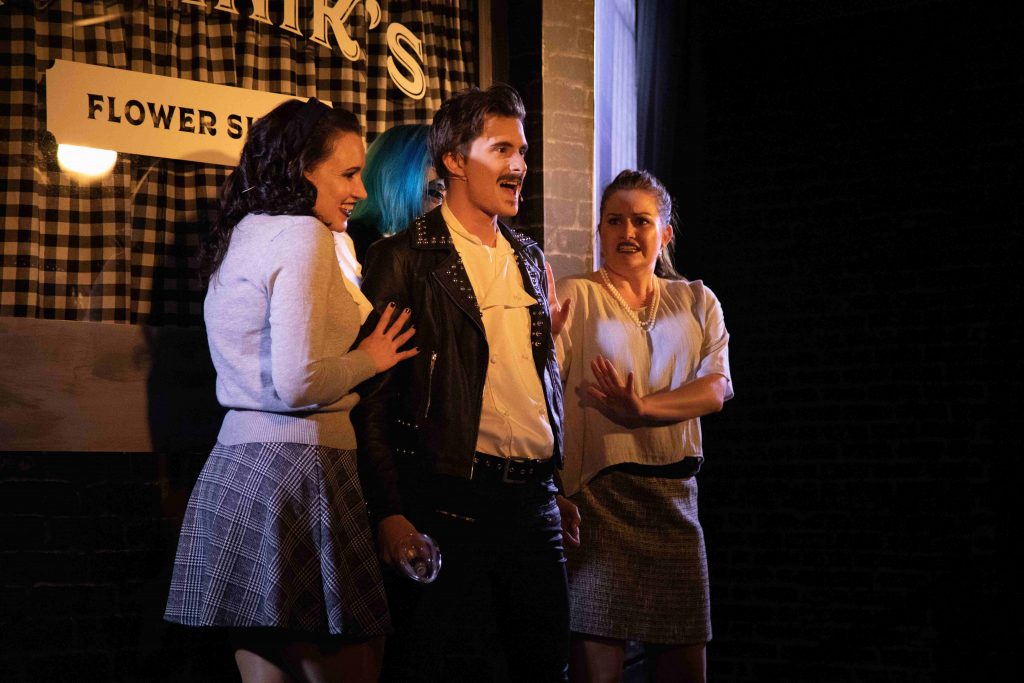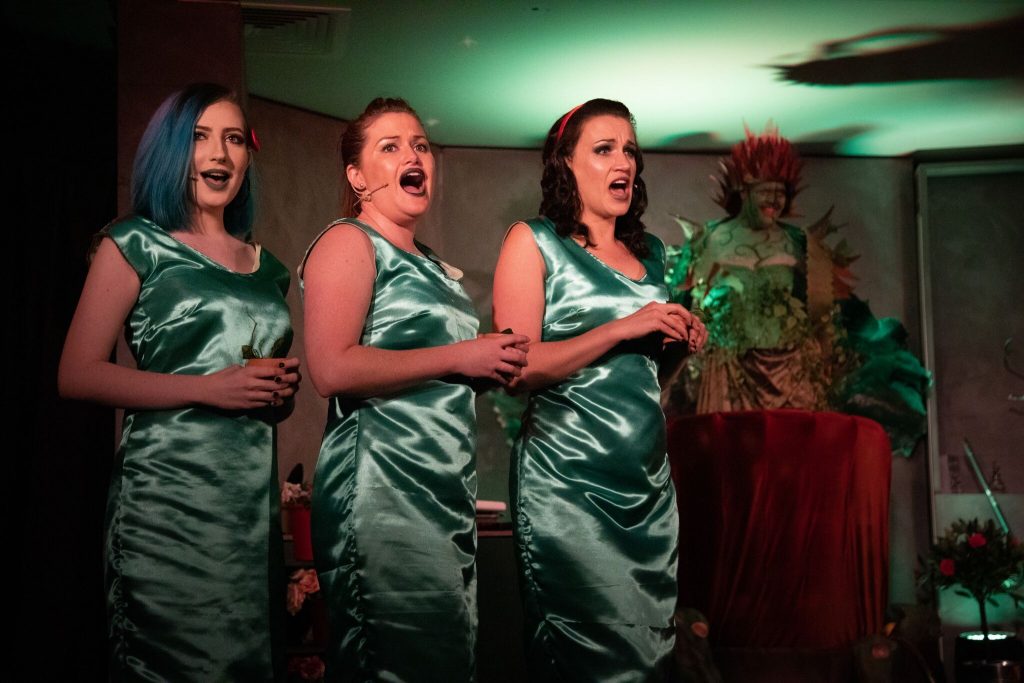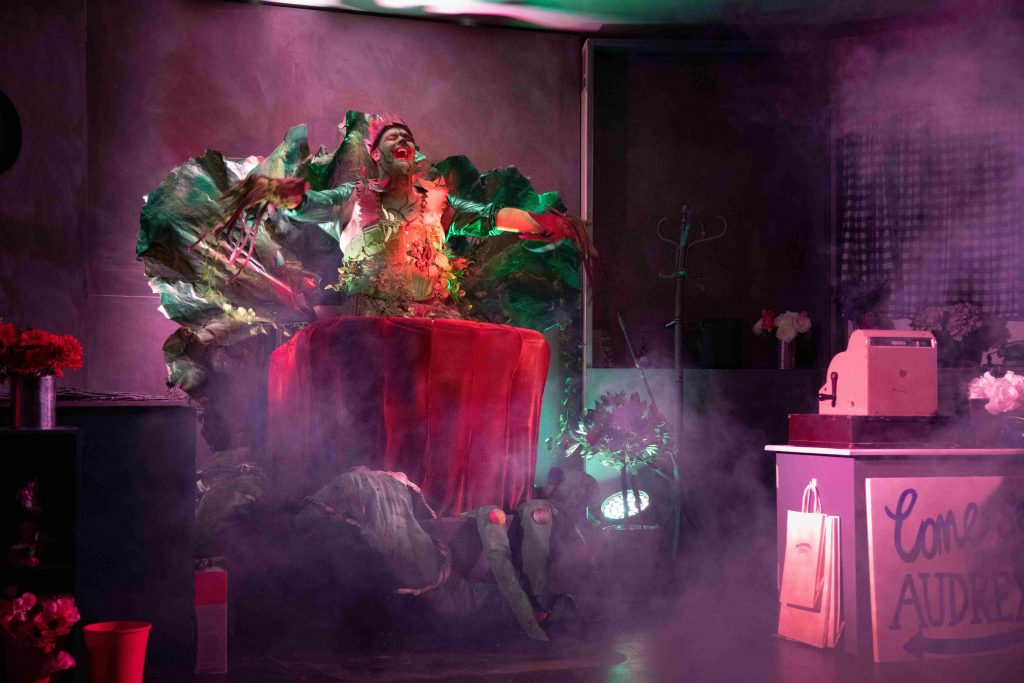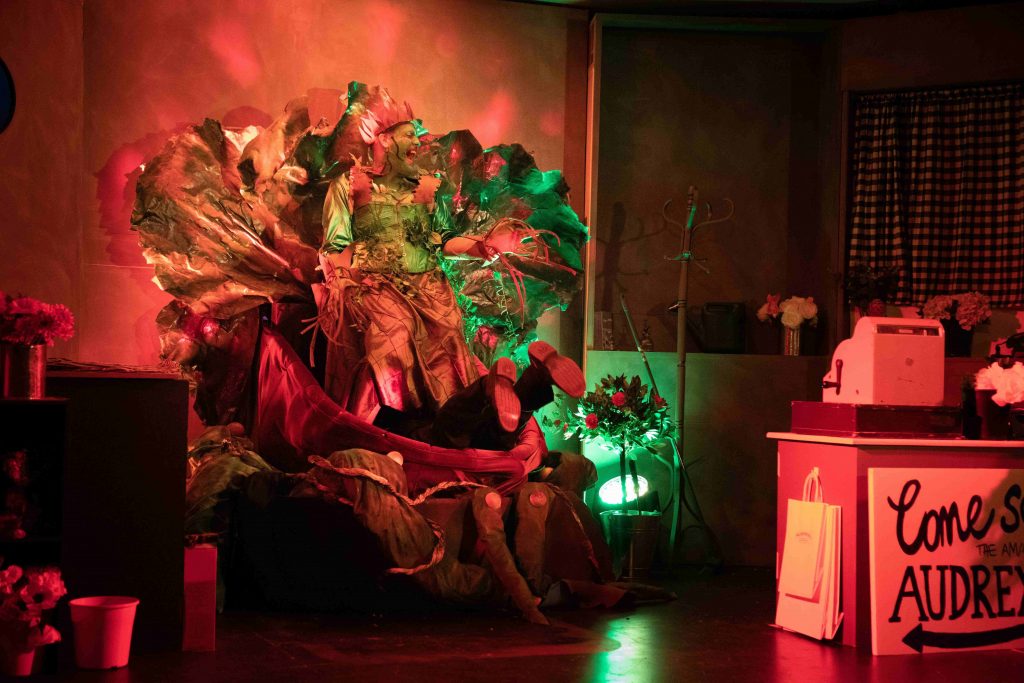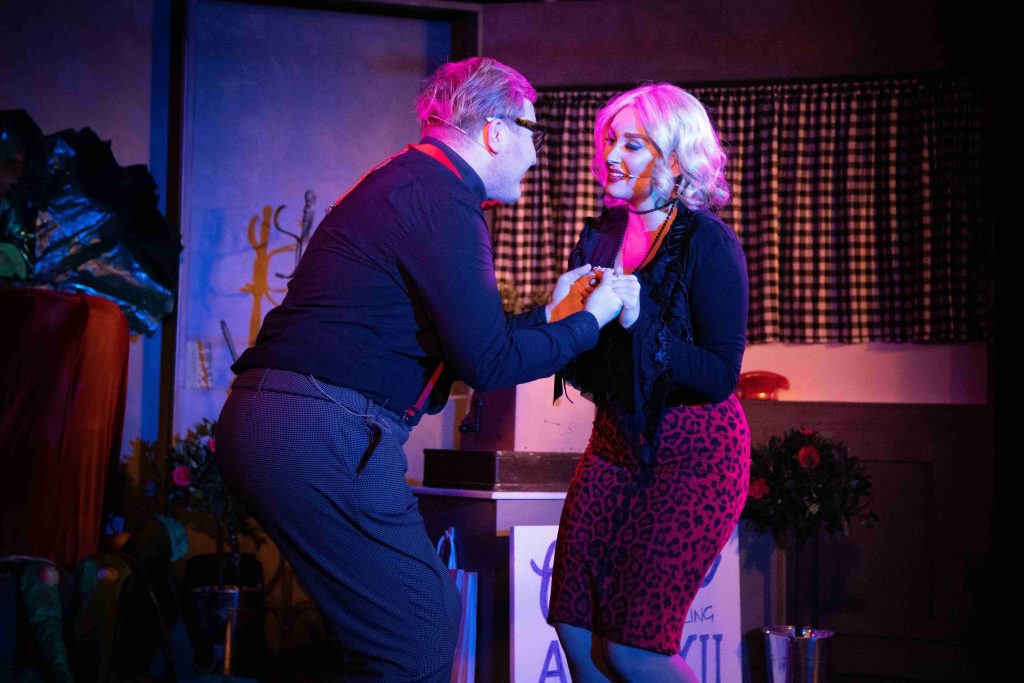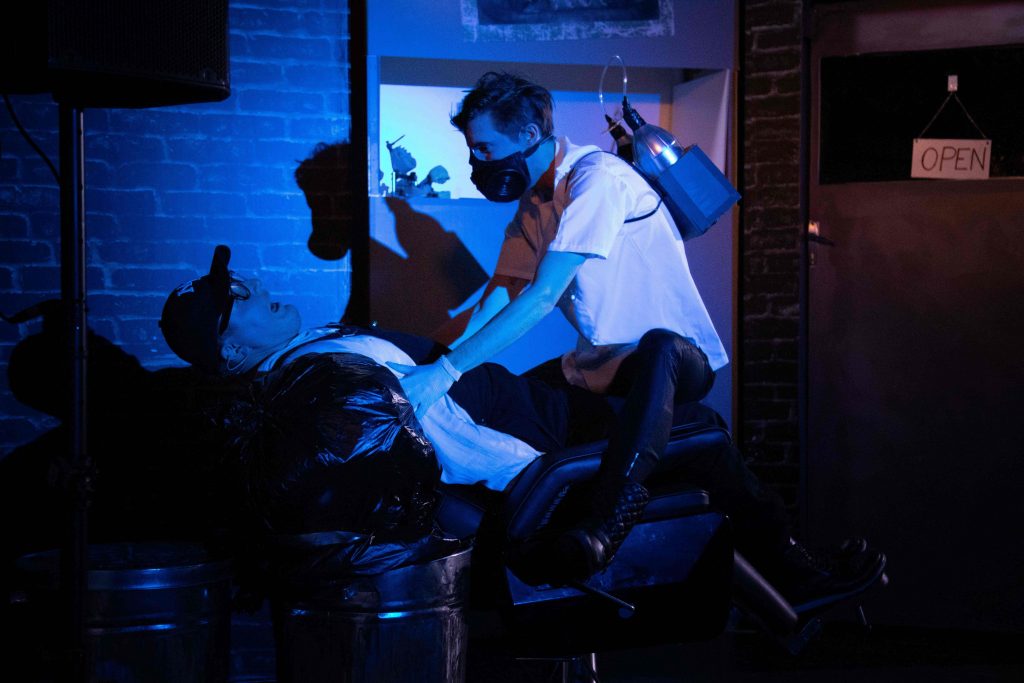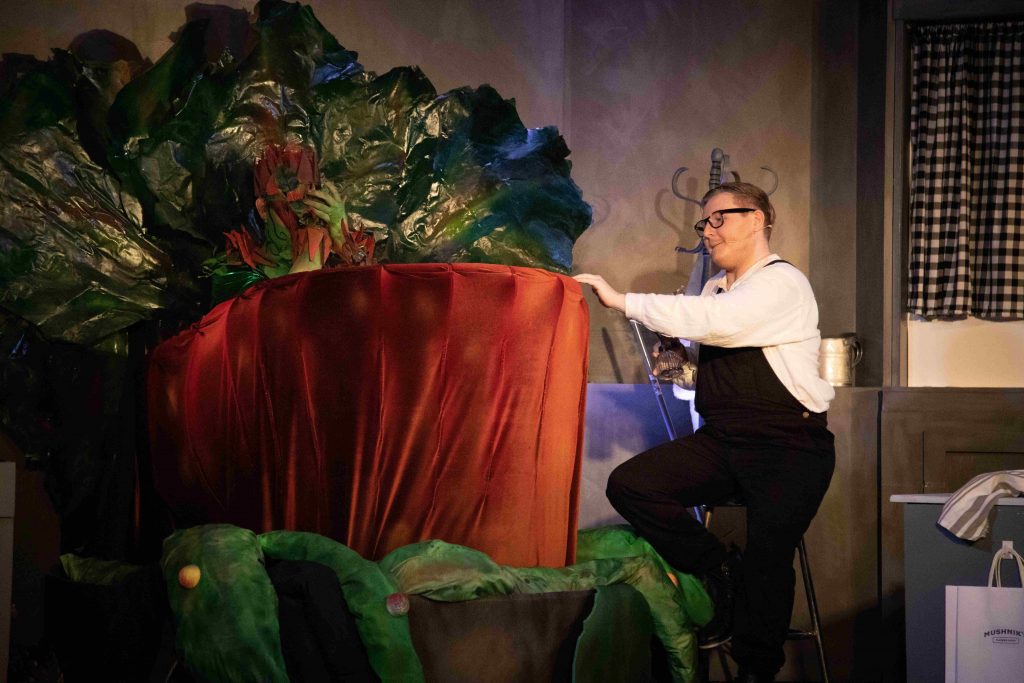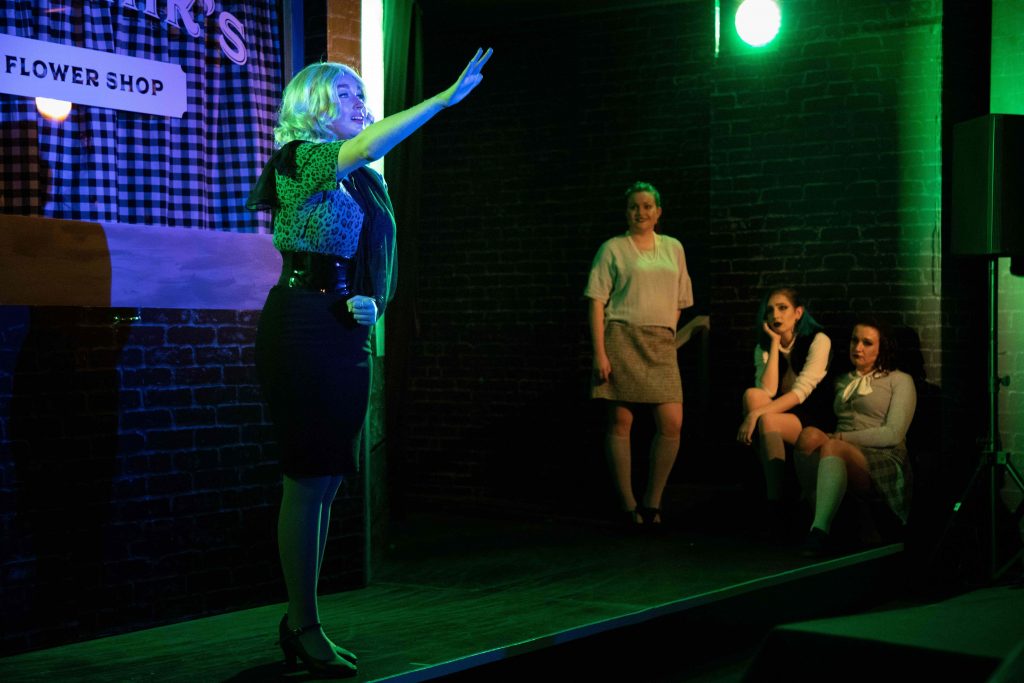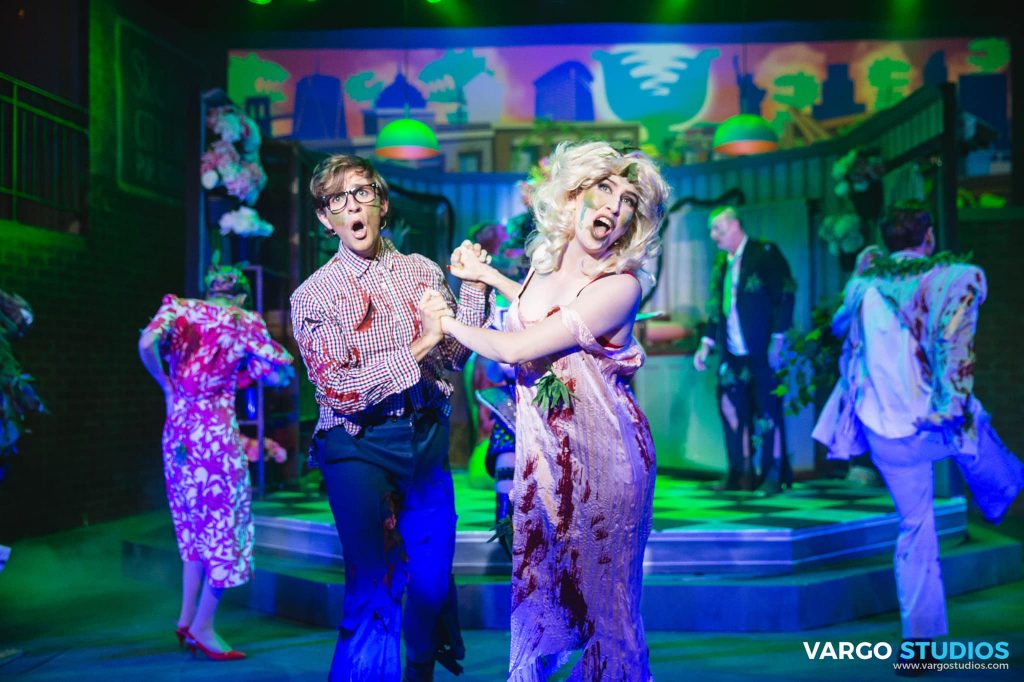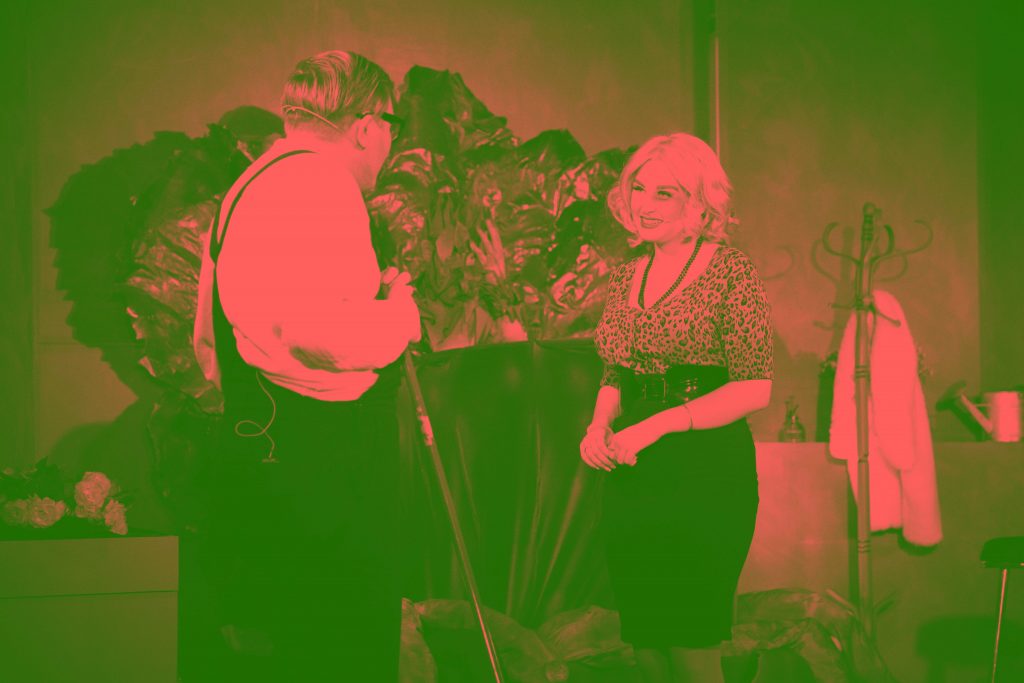
‘Little Shop of Horrors’ // Moreton Bay Theatre Company
‘Little Shop of Horrors’ was ambitious.
With an intimate cast, small band and limited need for technical resources, ‘Little Shop of Horrors’ pushed both Moreton Bay Theatre Company (MBTC) and its newly-founded space to its limits and for the most part, was successful. For a brand-new organisation, this musical theatre staple was the perfect choice for their first large-scale musical and was a promising glimpse into what this ambitious company should be able to achieve with a little more time, maturity and resources.
1982 was an interesting year: emoticons were invented, Sony released their first ever CD, and ‘Little Shop of Horrors’ debuted Off-Off-Broadway to rapturous acclaim — so much so that it moved to Off-Broadway just two months later, running for over five years.
Telling the tale of meek flower shop assistant Seymour Krelborn, Ashman & Menken’s horror-comedy rock musical follows Krelborn’s rise to fame with his invention of Audrey II, a carnivorous plant whose hunger becomes so unrelenting that poor Seymour is forced to perform acts he never thought possible.
Walking into a world of (mostly) black and white, Tom Antonio’s impressive scenic design was ambitious, including multiple revolves, which only served to increase the authenticity of the Skid-Row experience. Small things detracted from complete monochrome immersion, such as the flower props and the bright blue hair of one of the Greek chorus, which could be easily fixed.
Unfortunately, these inconsistencies also extended throughout much of the costuming, which seemed to lack a sense of cohesion. This was especially apparent within the Skid-Row Trio, whose costumes often appeared to be too individual to resemble a collective – maybe an underlying uniform element could allow for this individuality but within a framework. Audrey II’s costuming also appeared to lack a little finesse with several sections of skin showing, shattering the illusion.
Ben Richards’ Musical Direction was clear and precise and his band created a pleasing combo-sound that never overpowered the vocalists, however, we did miss some iconic sounds and synthesised patches that make ‘Little Shop of Horrors’ a typical 1980s show, particularly during the funk organ sounds of ‘Feed Me’ and the ethereal introduction of ‘Suppertime’.
Choreographer Zachary Crisan created dance and movement that was inventive and exciting, however, due to the intricately complex nature of the majority of this choreography, some performers were never 100 per cent comfortable. It’s clear that at the age of just 19, Crisan has a bright future ahead of him, and with some further maturity and experience, he will be one to watch.
The cast of eight managed to create an immersive world of grunge and grit, helmed by director, Gary Farmer-Trickett, who created an enjoyable experience that started with great promise yet appeared to tire towards the end
Ably leading the cast was Trent Sellars, as Seymour Krelbourn, who was the perfect mix of love-struck employee and botanical geek. Sellars vocals soared beautifully during ‘Meek Shall Inherit’, which was a definite high point of his character arc.
Audrey, a complex multi-faceted character was cast perfectly, portrayed by Ashley Prosser, who handled all the challenges of performing the shrinking victim of domestic violence with unbridled maturity. With a killer New York accent, humble characterisation and emotionally-charged vocals, her performance of ‘Somewhere That’s Green’ showed the audience that she is one triple-threat to watch out for.
Performing a multitude of roles, Daniel Radlein was a breath of fresh air each and every time he entered the stage. However, it was as his primary role of Dr. Orin Scrivello DDS where he truly excelled, embodying the perfect mix of insanity and menace, with his lithe agile physicality adding to the comically frenetic nature of his character.
Katie Fletcher, Maree Butterworth, and Micheal Hornery were a powerhouse trio as Crystal, Ronnette and Chiffon respectively. With unrelentingly tight doo-wop harmonies and constant complex choreography, this talented threesome served as the perfect narration team.
When you think about ‘Little Shop of Horrors’, you instinctively think of the plant — a big botanical monster — usually a Venus flytrap of sorts. If you’re going to deviate from that perceived expectation then it needs to be wickedly executed, much like the recent London revival where Audrey II was played by drag queen Vicky Vox. Unfortunately for MBTC, Pat James’ Audrey II was neither wicked nor well executed, and truly detracted from the grungy aesthetic. It was a shame that an incohesive costume that appeared to fall apart leaving exposed skin-coloured flesh detracted from some of James’ seriously sassy vocals.
Sound design in such a small space can be a battlefield, but Bruce Noy’s sound design was spot on and made the most of Neverland Theatre’s intimate space, with the balance between the band and vocals being well handled. Noy’s lighting design was particularly basic but was executed as well as can be expected for an ambitious growing company with limited technology.
Overall, ‘Little Shop of Horrors’ is a classic that has shown why it has stood the test of time appearing as fresh today as it did in 1982. It will be interesting to experience what a more established MBTC can create in their amazing new space.
‘Little Shop of Horrors’ performs until Sunday, 31 March 2019 at Neverland Theatre, North Lakes. For tickets, book online at www.mbtc.com.au.
Disclaimer: Cast / Production Members working on this show also work for Theatre Haus, but rest assured, we always take steps to ensure our reviews maintain their integrity and are free from bias.




